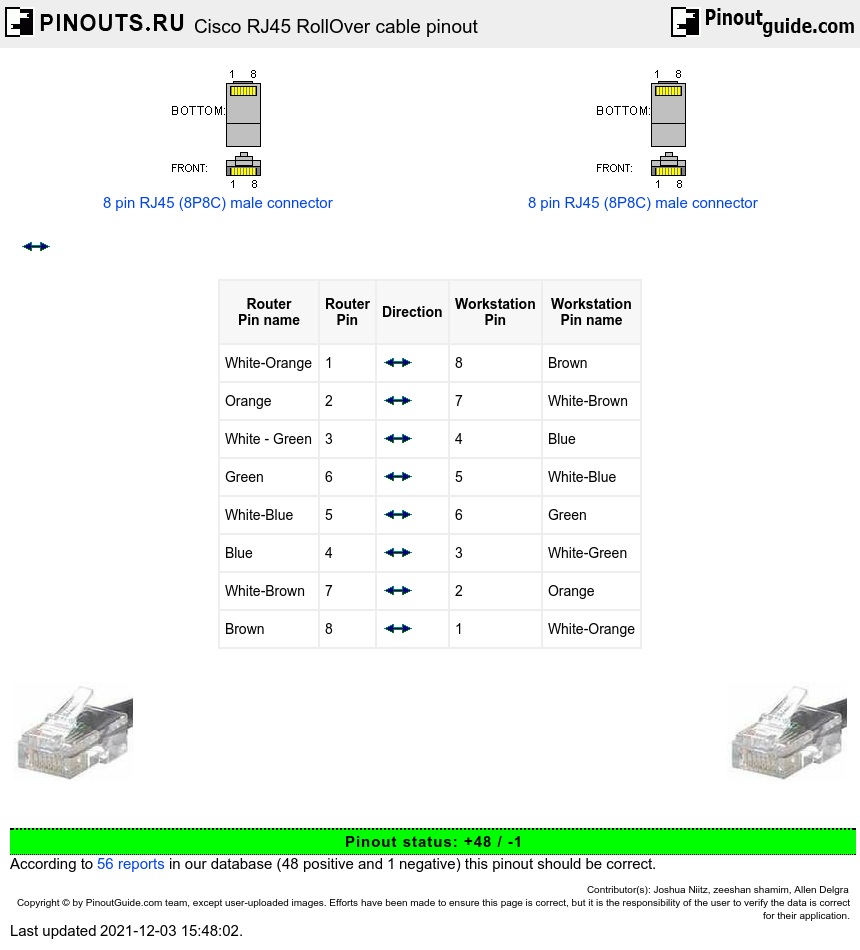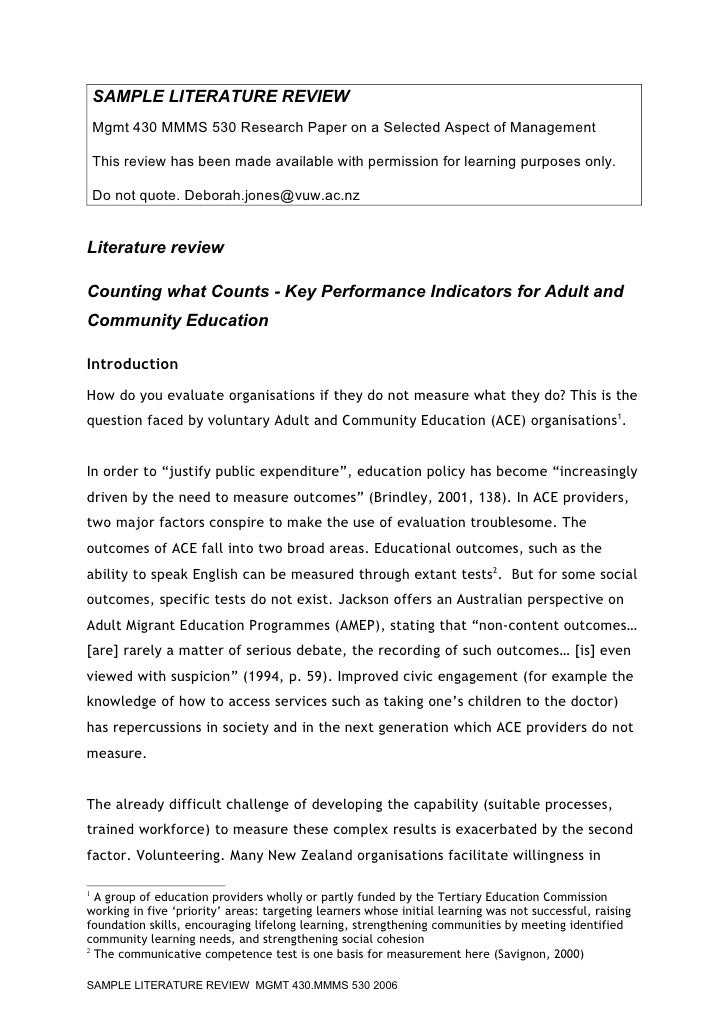Practical guidelines for familial combined hyperlipidemia.
Familial hypercholesterolemia (FH) is a genetic disease caused by mutation of one of the genes critical for low density lipoprotein cholesterol (LDL-C) catabolism. The FH clinical syndrome or phenotype is defined by clinical criteria, and it is the severity of the syndrome that determines what treatment is offered. Clinical definitions vary.
Primary or familial dyslipidemia is an inherited disease caused by a single genetic mutation in one of several genes. This is characteristic of a monogenic disease. Genetic abnormalities that lead to abnormal blood lipids are most often found in genes involved in the transportation and cellular uptake of lipids. Individuals who have these mutations often have severely abnormal blood lipid.

Dyslipidemia due to secondary causes is common. In a cohort of 824 new patients referred to a lipid clinic at an academic medical center in the United States, 28 percent had one or more potential causes of secondary dyslipidemia ( 1 ). The most common conditions that were felt to be contributing to dyslipidemia were excessive alcohol intake (10.

Dyslipidemia is elevation of plasma cholesterol, triglycerides (TGs), or both, or a low HDL cholesterol level that contributes to the development of atherosclerosis.Causes may be primary (genetic) or secondary. Diagnosis is by measuring plasma levels of total cholesterol, TGs, and individual lipoproteins.
:origin()/pre07/417e/th/pre/f/2015/206/1/9/rhetorical_question_by_lunahydreigon-d92t4xf.png)
Lipoproteins constitute a set of proteins and lipids, organized to facilitate the transport of lipids through blood plasma. Elevated or decreased levels of these lipoproteins may be related to genetic alterations in 40% to 60% of cases. 1 This fact explains why it is common to find lipid.

Secondary causes of dyslipidemia include hypothyroidism and a genetic predisposition, such as autosomal dominant familial hypercholesterolemia .13 Triglyceride elevation may occur in association.

Learn about the causes, symptoms, and treatment of heterozygous familial hypercholesterolemia, a disease that causes you to have very high cholesterol levels.

There are currently three accepted resources for FH diagnosis: the Simon Broom Criteria, the MEDPED Criteria, and the FH Dutch Lipid Clinic Criteria. DNA-based evidence of an LDL-receptor mutation, familial defective apo B-100, or a PCSK9 mutation. Family history of myocardial infarction before age 50 years in a second degree relative or before.

Dyslipidemia is arguably the biggest contributing factor to the development of atherosclerosis and subsequent CVD in obesity. The link between obesity and dyslipidemia is one that is complex in nature and is directly affected by body fat distribution, insulin resistance, and brown fat.

Dyslipidemia Guidelines (2006, 2009, 2012 and 2016). These recommendations are intended to provide a reasonable and practical approach to care for specialists, physicians and allied health professionals. They are subject to change as scientific knowledge and technology advance and.

The familial dyslipidemias were defined according to the common dyslipidemia phenotype of (one or both) parents and the index child. The common phenotype was IIA in a hypercholesterolemia family, IV in a hypertriglyceridemia family, and hypoHDL in a hypoHDL-family. The definition of FCHL was that one parent and the index child had.

The common form of dyslipidemia is a polygenic condition defined as high triglycerides, LDL cholesterol or total cholesterol, or low HDL cholesterol. Common forms are linked to metabolic syndrome, type 2 diabetes and cardiovascular diseases. Genetic variants in key genes involved in lipid biosynthesis, transportation and processing can increase or decrease one’s risk of dyslipidemia.

Familial hypercholesterolemia can result in rapidly progressive atherosclerosis and early death due to coronary artery disease. Children with two abnormal genes may have a heart attack or angina by age 20, and men with one abnormal gene often develop coronary artery disease between ages 30 and 50. Women with one abnormal gene are also at increased risk, but the risk usually starts about 10.



